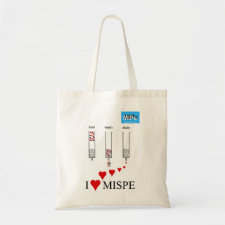
Authors: Yu TM, Qiao XS, Lu XH, Fan XP
Article Title: Selective adsorption of Zn2+ on surface ion-imprinted polymer.
Publication date: 2016
Journal: Desalination and Water Treatment
Volume: 57
Issue: (33)
Page numbers: 15455-15466.
DOI: 10.1080/19443994.2015.1074115
Abstract: A new type of Zn2+ ion-imprinted polymer (Zn2+-IIP) was synthesized on the surface of attapulgite, displaying high affinity and selectivity to Zn2+. Fourier transform infrared spectra (FTIR) revealed Zn2+-IIP to be an organic-inorganic hybrid polymer, with Zn2+ imprinted cavities formed by CTS groups and connected to the surface of the attapulgite by A-187 cross-linked network. The adsorption kinetic investigation showed that the adsorption of Zn2+on Zn2+-IIP was a pseudo-second-order process. The maximum adsorption capacities of Zn2+ were 0.536, 0.665, 0.715, and 0.722-ámeq/g at 288, 298, 308, and 318 K, respectively, where the activation energy, Ea, was evaluated as 23.8 kJ/mol. By thermodynamic study, Δ H° and Δ S° of the adsorption were determined as 30.862 kJ/mol and 108.664 J/mol K, respectively, while the negative Δ G° decreased with rising temperatures, indicating that the adsorption process was feasible and spontaneous. The adsorption selectivity of the Zn2+-IIP was also investigated via competitive adsorption of Zn2+, Cd2+, Cs+, Co2+, Ba2+, Sr2+, and Pb2+ from a mixture, demonstrating that Zn2+-IIP had the capability of recognizing Zn2+ with high affinity and selectivity. The study of multi adsorption-desorption cycles showed that the Zn2+-IIP can be reused many times without a significant decrease in the adsorption capacity
Template and target information: zinc ion, Zn(II)
Author keywords: adsorption, Zn2+, Ion-imprinted polymer



Join the Society for Molecular Imprinting

New items RSS feed
Sign-up for e-mail updates:
Choose between receiving an occasional newsletter or more frequent e-mail alerts.
Click here to go to the sign-up page.
Is your name elemental or peptidic? Enter your name and find out by clicking either of the buttons below!
Other products you may like:
 MIPdatabase
MIPdatabase









